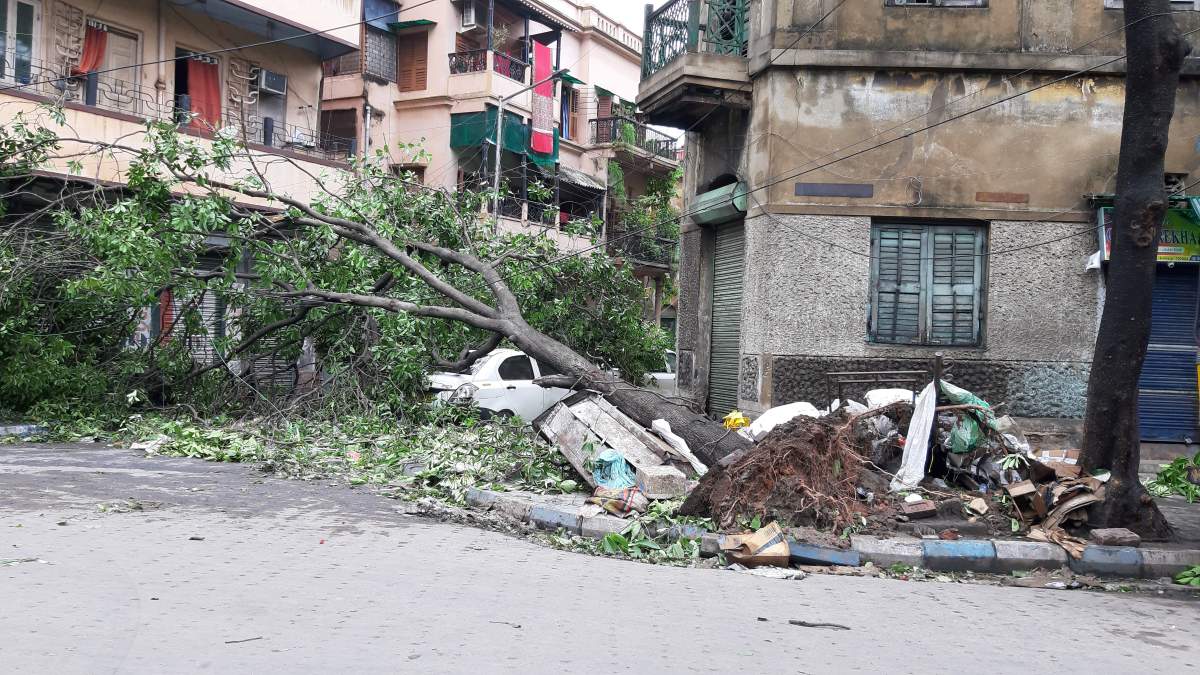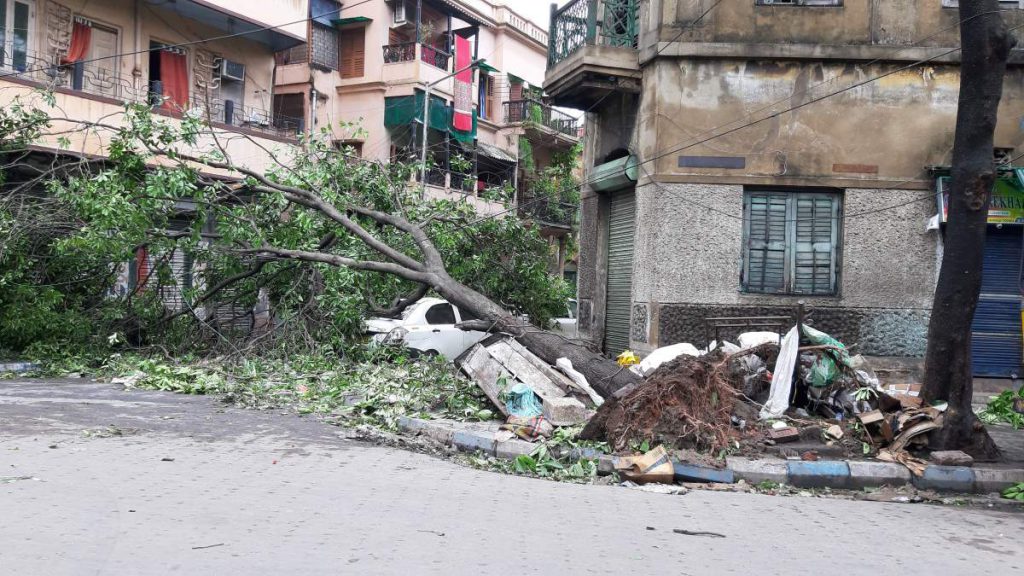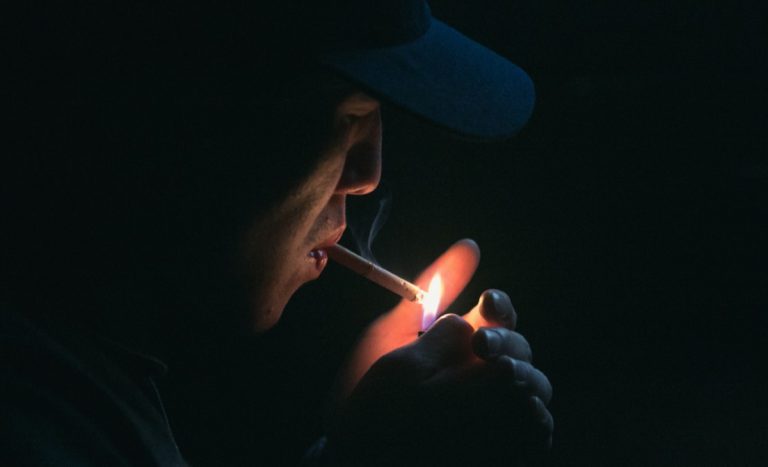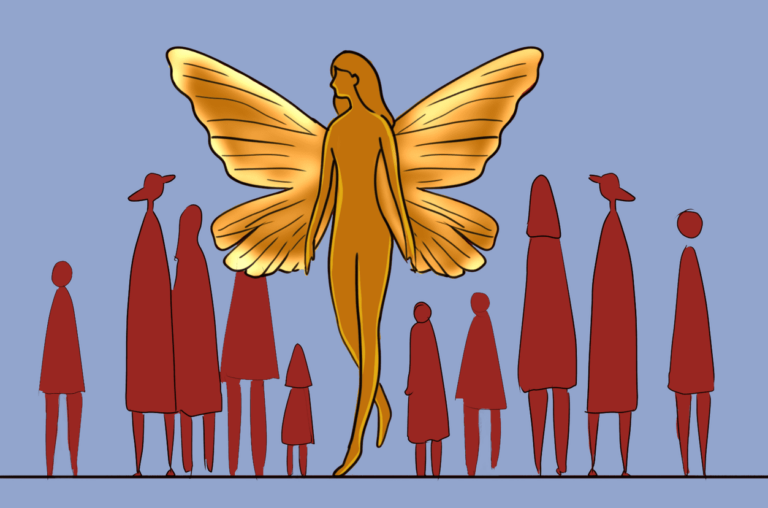The politics of Relief Aid
Amlan Bibhudatta is a students of Economics at Ashoka University. He is interested in politics, economic thought, poetry, biking & number crunching. He aims to join policy work and politics in Odisha!
[responsivevoice_button voice=”US English Male” buttontext=”Read out this Theel for me”]
It was once stated by Jim Wallis that “it takes a natural disaster to reveal a social disaster,” which is to say that disasters expose disasters or to think further that there are disasters in disasters. Like Amphan in Bengal, Odisha, too, was hit by one of the worst cyclones it has experienced, ever. Work done by the state authority in evacuation and information exchange was commendable. Death tolls were kept within double digits, whereas a similar disaster 20 years back took tens of thousands with it. Real relief comes post-disaster. People lost their homes and livelihood. Farmers and the informal sector in the districts of Puri, Paradeep, Kendrapada, and Khurda were ruined, much like coastal areas of Bengal & Bangladesh. Bhitarkanika and its grandeur were devastated, though on a scale much lesser than Sunderbans. Houses blown away, crops destroyed. And there I saw the politics of relief aid. While being involved at the ground through some personal relief work, there are some observations I made.
Disasters at a point and place hit everyone equally, but not everyone succumbs to the same measurement of a wound. Moreover, not everyone recovers at the same pace; recovery is socio-political. Here comes in the question of social capital, which is to say, natural disasters are the worst for the victims of social disasters. In parts of Puri, personal experiences tell me the priority of relief distribution was given to upper castes and brahmins, whereas backward communities suffered mostly due to state bias and social preferences. During my trip to Chandanpur in Puri, we had to separately deliver clothes collected by our team to a group of ST families, fearing resentment and non-acceptance among other parts of the village.
It is foolish to think that any relief aid is either apolitical or unincentivized. Relief, by definition, is political. And there is politics in relief aid. Think about those places where demographics are such that mass relief material can’t reach? What if the ways are blocked and waterlogged, or they are deep in a forest? Let’s say, for instance, the tribal villages in the Chandaka forest. Strips of villages that have either recently come under state umbrella, some which do not wish to be under state organisation precisely because of their own sets of beliefs, laws, and community mechanisms. At some places, multiple trips of cycles and scooters had to be done because bigger vehicles just won’t reach. Surprisingly these places are just outside Bhubaneswar, the all shining capital smart city. I wonder how many people in Bhubaneswar are aware of the existence of these places. Now think of those affected in the low lying waterlogged, flooded places covered with the dense forests in Sunderbans. Most of these places are very likely to receive little aid. For those with power, there is either enough incentive or potential to get back on their feet, but for the powerless, it is quite rare. Hence, people with monetary as well as social capital are the quickest to heal, those with neither have no option but to wait for charity or state action.
One of the most deep-rooted problems lies in the mechanism of governance. To be precise, the duty of the state has become similar to charity. Here comes the question of preparedness. Machiavelli tells us that the prepared are favored in times of crisis; the unprepared are prone to fail. A disaster of this scale is unfortunate, but it is an indicator to do better. It is a signal to take in the factors of inequality in devastation and be prepared from now on. Imagine water tankers during a crisis, those which start from posh elite regions to finally reach the comparatively less well to do and underprivileged who draw just enough for survival, let alone basic needs. This is the nature of relief aid. From a macro perspective, everyone might be a victim, but a thorough lens would reveal that some are more victims than others. There are micro intricacies in macro tendencies that are tough to the inhabitants, and there are disasters in disasters, that may be bigger or smaller or not disastrous enough but disasters, nonetheless.
Disasters themselves are natural in their entirety, but their nature is political, and it is foolish to think otherwise. And there is politics in relief aid too. Bengal and Odisha are two parallel stories of two similar cultures, exactly a year apart that are victims of unnecessary prejudice. In fact, there is much in common to both cultures to consolidate for each one to be better off. The pain of such disasters and the neglect faced by both places gives every reason to have a common belief of healing. Disasters aren’t comparisons of pain, prejudice, or politics but comparisons of empathy, competence & preparedness, and recovery. There is much to learn from these stories, both for us and each other. This is why it is always necessary to look for the “other disasters.”
Featured Image Credits: Wikimedia









